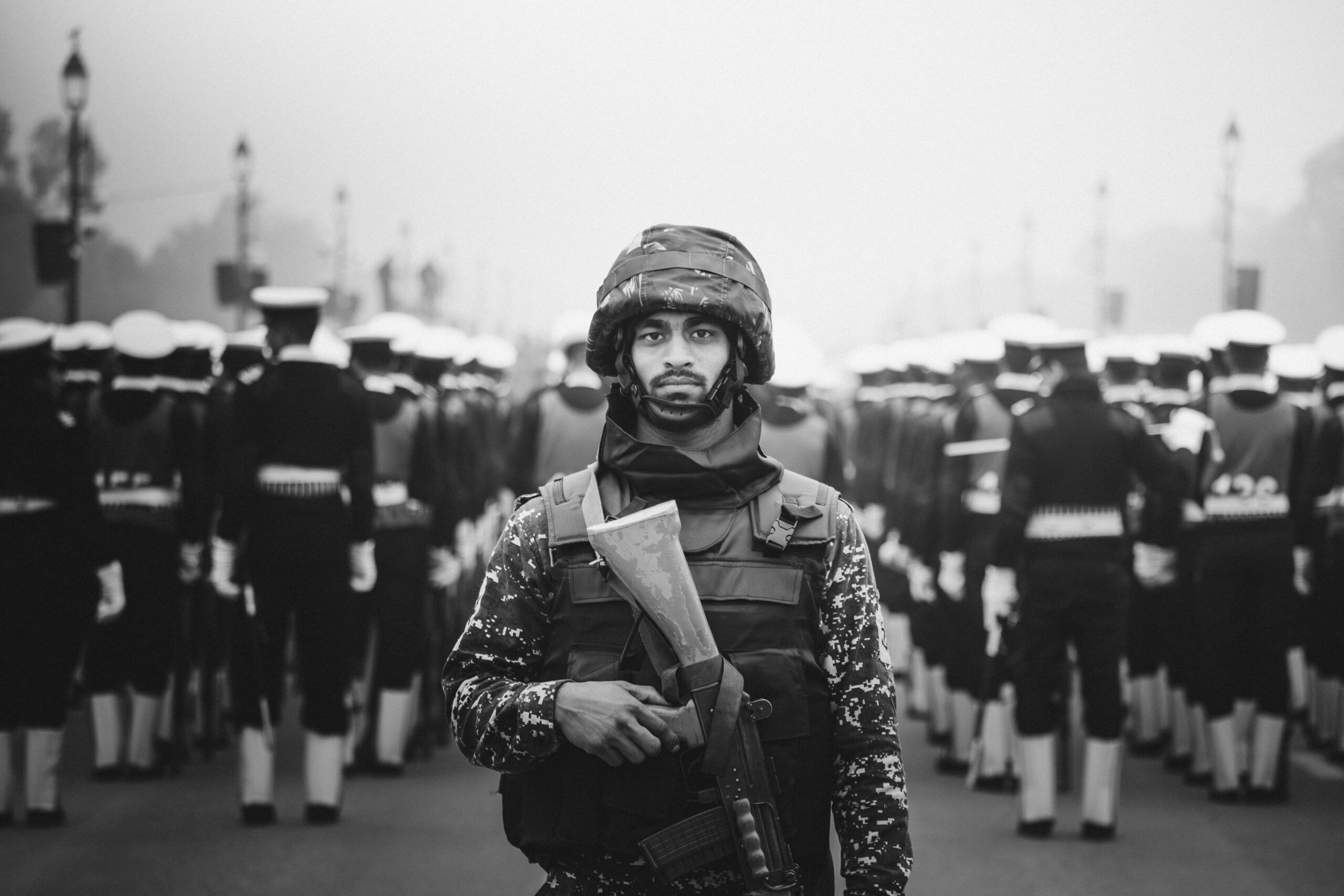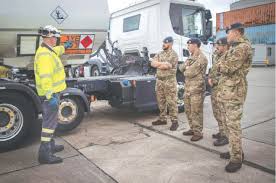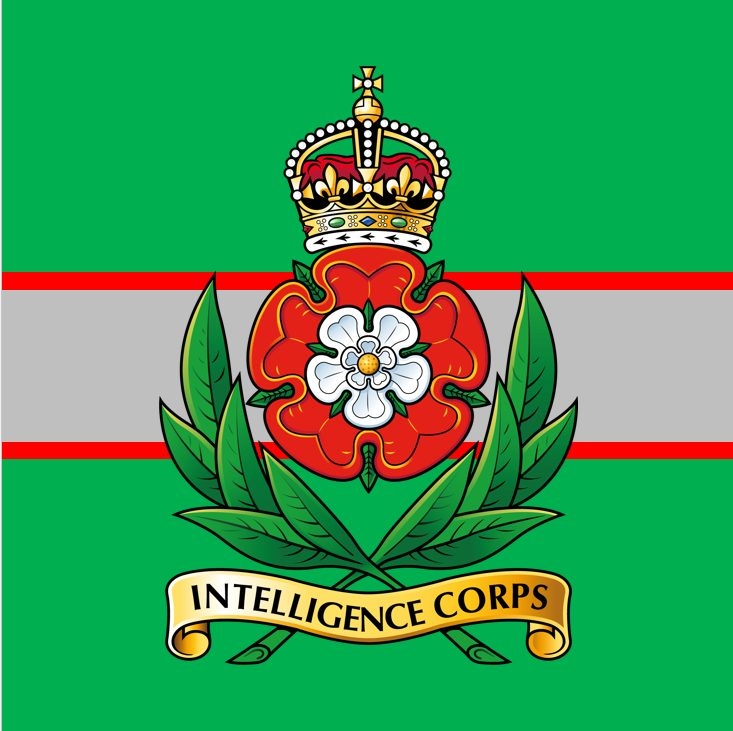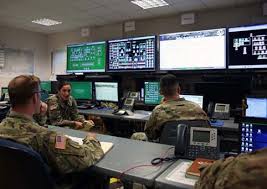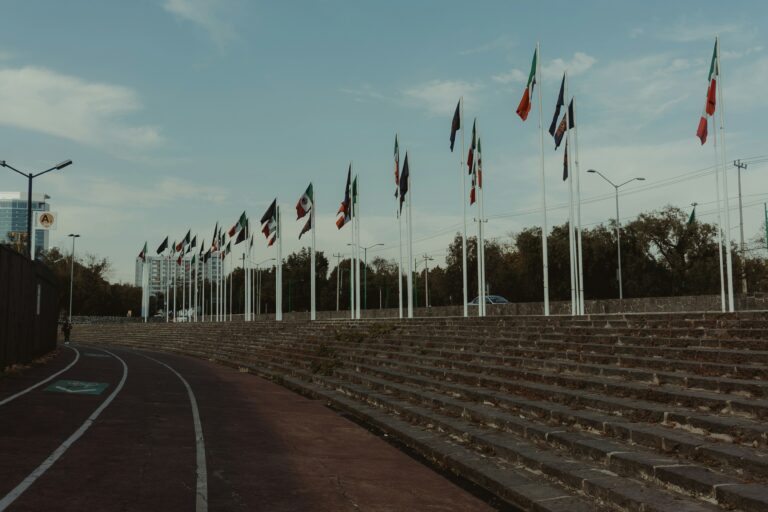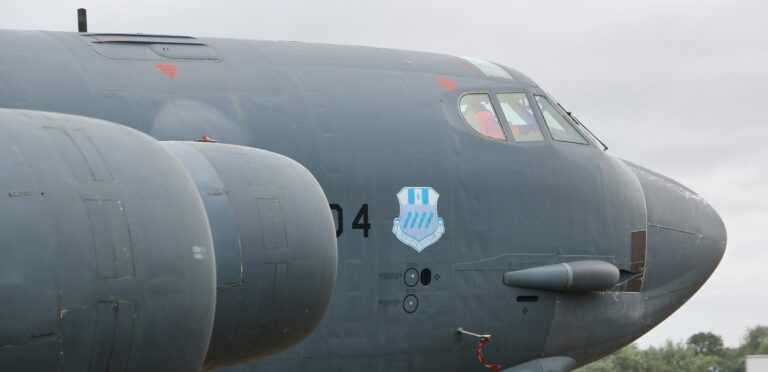Military Dog Handlers in the UK Armed Forces
Introduction
In the theatre of war, few comrades are as loyal, courageous, and effective as the four-legged warriors who serve alongside British troops. These highly trained animals, paired with specialist soldiers known as Military Dog Handlers, are critical assets to national defence.
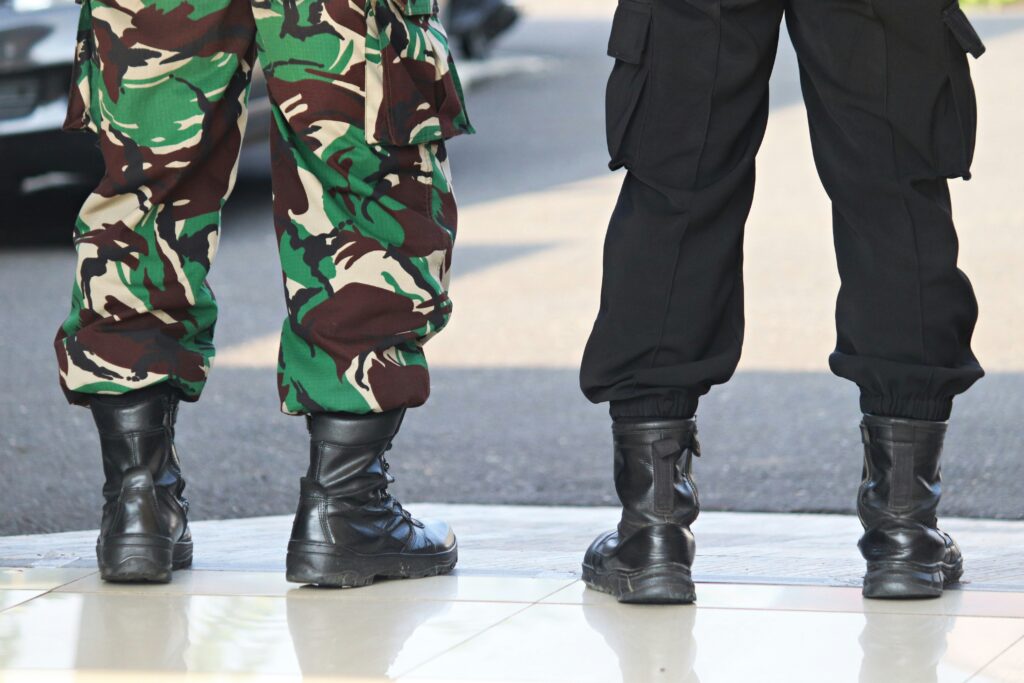
From sniffing out explosives in Afghan villages to locating survivors after earthquakes, these canine-human teams are deployed in both combat and humanitarian roles. This niche military job blends animal training, tactical operations, and frontline resilience.
What Is a Military Dog Handler?
A Military Dog Handler is a trained member of the British Armed Forces — often from the Royal Army Veterinary Corps (RAVC) — who works in partnership with a trained military working dog to perform specialised tasks, such as:
- Explosive detection
- Drug detection
- Patrol and protection
- Search and rescue
- Tracker missions
- Crowd control
Handlers form intense bonds with their dogs and rely on trust, discipline, and instinct to succeed in high-risk environments.
Units and Roles Across the Services
British Army
- Most Dog Handlers are in the Royal Army Veterinary Corps (RAVC), a specialist unit within the Army Medical Services.
- Dogs support infantry patrols, engineers, logistics, and search teams.
Royal Air Force
- The RAF Police includes Dog Sections trained for airbase security, explosive sweeps, and intruder apprehension.
Royal Navy and Royal Marines
- While less common, handlers assist with port security, ship searches, and shore patrols during deployments.
Specialist Teams
- Some handlers are attached to Special Forces, the Defence Explosive Ordnance Disposal (EOD) teams, or the MOD Police.
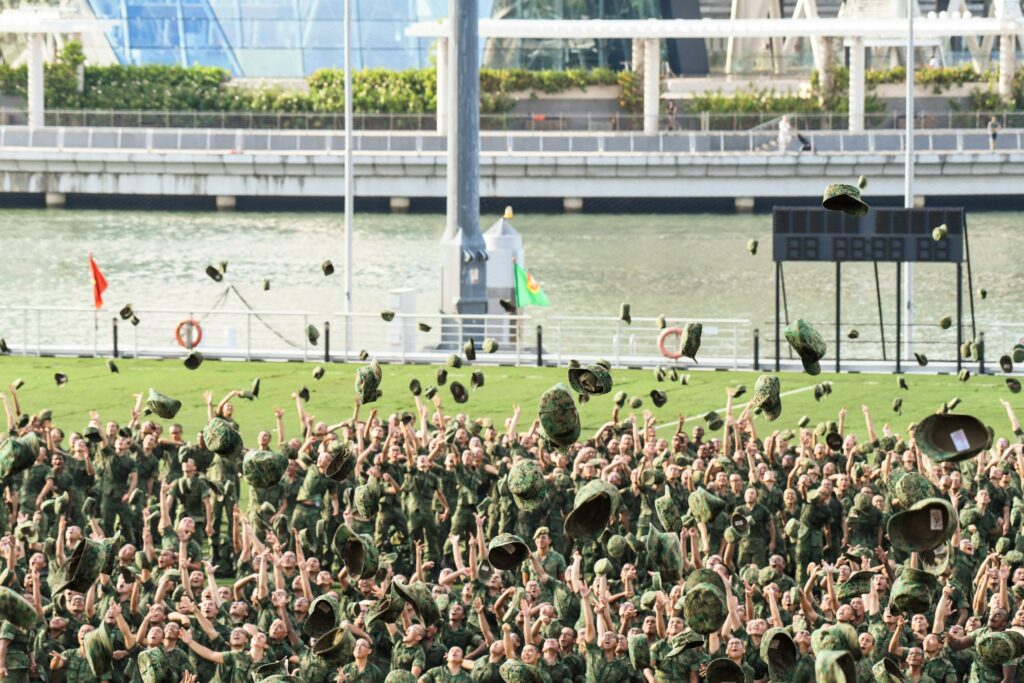
Types of Military Working Dogs
| Dog Type | Primary Purpose |
|---|---|
| Protection Dogs (e.g. German Shepherds) | Guarding bases, chasing intruders, controlling riots |
| Detection Dogs (e.g. Springer Spaniels, Labradors) | Sniffing out explosives, weapons, drugs |
| Tracker Dogs (e.g. Malinois, GSDs) | Following scent trails, locating fugitives or missing persons |
| Search and Rescue Dogs | Finding people buried under rubble or in large terrain areas |
| Dual-Purpose Dogs | Trained in both protection and detection roles |
Daily Duties of a Military Dog Handler
- Exercise and train dogs daily to maintain sharpness
- Conduct simulated searches or patrols
- Clean kennels and ensure proper animal care
- Participate in active deployments, search missions, or airfield security
- Provide behavioural training and ensure psychological welfare of dogs
- Brief commanders on canine capabilities and limitations
Deployment and Real-World Operations
Afghanistan & Iraq
- Detection dogs saved countless lives by identifying hidden IEDs and suicide vests
- Patrol dogs guarded camps, cleared compounds, and restrained detainees
UK Counter-Terrorism Support
- Sniffer dogs used during major public events (Olympics, Royal weddings)
- Responded to bomb threats in London, Manchester, and other major cities
Disaster Response
- Dogs deployed to earthquake zones (e.g. Nepal, Turkey)
- Located survivors in collapsed buildings
Border and Port Security
- Worked at Heathrow, Dover, and other high-traffic entry points
- Helped detect illegal arms, smuggled goods, or drug shipments
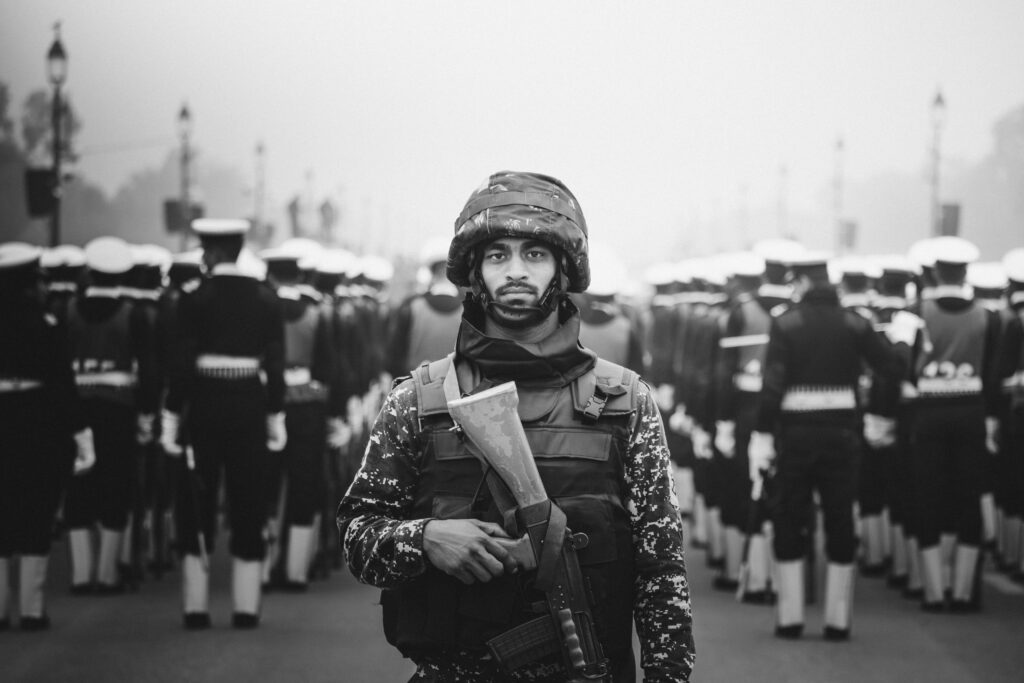
Training to Become a Dog Handler
1. Join the Army/RAVC
- Soldiers typically transfer into the role after initial service in another trade
- Some direct entry possible through RAVC recruitment or after joining the RAF Police
2. Pass Selection
- Must demonstrate patience, fitness, discipline, and good animal instincts
- Must pass medical, vetting, and suitability assessments
3. Specialist Dog Handler Training
Delivered at the Defence Animal Training Regiment (DATR) in Melton Mowbray.
Training includes:
- Dog psychology and handling
- Obedience training
- Scent detection methods
- Patrol and aggression control
- First aid for dogs
- Safety protocols for explosives or narcotics searches
Career Progression
| Rank | Responsibility |
|---|---|
| Private/LAC | Basic handler, single-dog operations |
| Corporal | Supervises training and field deployments |
| Sergeant | Team lead, responsible for several dog/handler pairs |
| Warrant Officer | Head of Dog Sections or RAVC Troops |
| Late Entry Commission | Officers overseeing entire Military Working Dog operations globally |
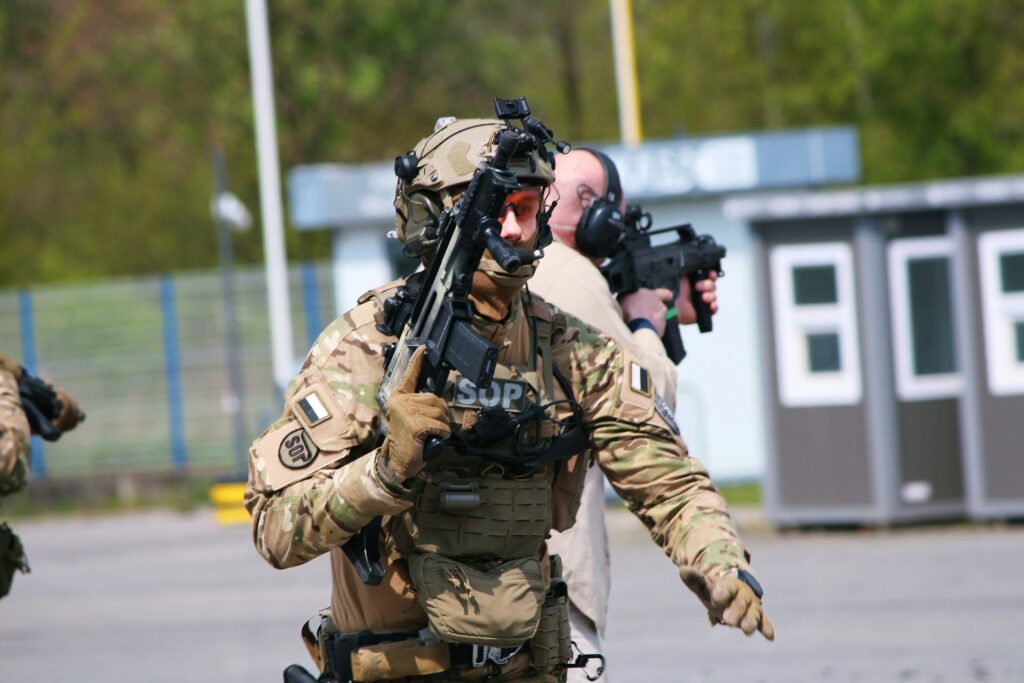
The Human-Canine Bond
Dog Handlers live, work, train, and deploy with their dogs. The partnership is:
- Built on mutual trust and communication
- Strengthened by routine and ritual
- Often life-saving — dogs alert handlers to threats humans miss
Handlers often adopt their dogs upon the animal’s retirement, reflecting the depth of their bond.
Pros and Challenges
Pros:
- Strong sense of partnership and purpose
- Rewarding, hands-on work with animals
- High operational impact
- Transferable skills to police, rescue, and security
Challenges:
- Physical and emotional demands
- Risk of canine injury or death
- Living in harsh environments
- Long deployments with constant responsibility for the dog’s welfare
Civilian Opportunities After Service
Ex-military dog handlers are in high demand across:
- Police K9 units
- Airport and customs security
- Private security firms
- Search and rescue teams
- Canine training companies
- Dog welfare and behavioural consulting
They often work as:
- Detection Dog Trainers
- Canine Behaviourists
- EOD Assistants
- Animal Welfare Officers

Pay, Benefits, and Allowances
- Starting salary: ~£21,000–£25,000
- Experienced handlers: ~£30,000–£40,000
- Additional dog handling allowances, deployment pay, and housing perks
- Free veterinary care and training upgrades for dogs
The Future of Military Dog Handling
While drones and sensors continue to evolve, no technology has yet matched the nose or intuition of a well-trained dog. Future developments include:
- Smart harnesses with cameras and GPS
- Wearable health monitors for dogs
- Integration with AI for pattern recognition
- Expanded roles in cyber and information warfare (e.g. detecting electronic devices)
Conclusion
Military Dog Handlers are the quiet heroes who place their lives in the paws of their canine partners. They work in shadows, on front lines, and in the aftermath of disaster — clearing the way, detecting the threat, and protecting their fellow troops.
In return, their reward is not only operational success but a bond that few humans will ever experience — a bond forged in danger, discipline, and unconditional trust.
